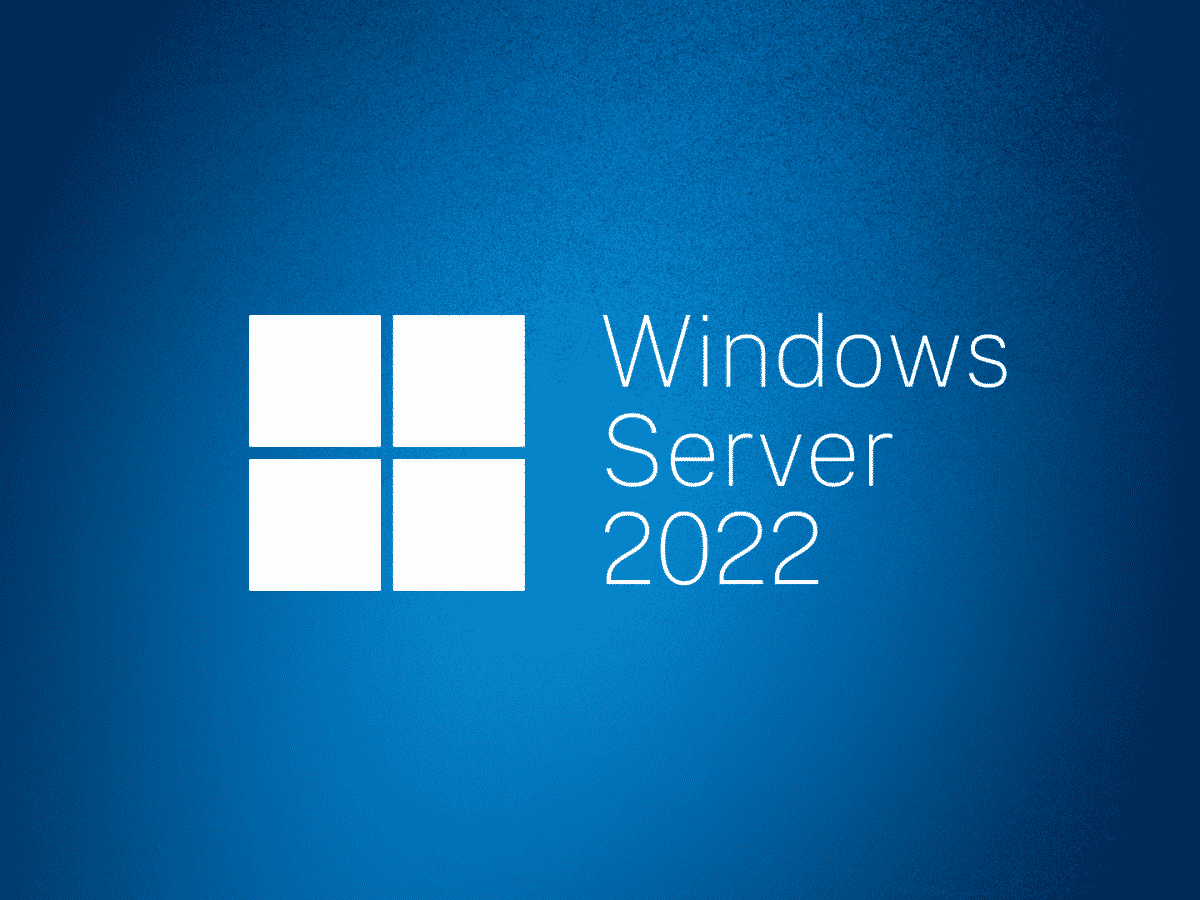Windows Server is a brand name for a group of server operating systems released by Microsoft since 2003. The first Windows server edition to be released under that brand was Windows Server 2003. However, the first server edition of Windows was Windows NT 3.1 Advanced Server, followed by Windows NT 3.5 Server, Windows NT 3.51 Server, Windows NT 4.0 Server, and Windows 2000 Server. Windows 2000 Server was the first server edition to include Active Directory, DNS Server, DHCP Server, Group Policy, as well as many other popular features used today.
Members
Full releases
Traditionally, Microsoft supports Windows Server for 10 years, with five years of mainstream support and an additional five years of extended support. These releases also offer a complete GUI desktop experience. Starting with Windows Server 2008 R2, Server Core and Nano Server configurations were made available to reduce the OS footprint. Between 2015 to 2021, Microsoft referred to these releases as "long-term servicing" releases to set them apart from semi-annual releases (see below.)
For sixteen years, Microsoft released a major version of Windows Server every four years, with one minor version released two years after a major release. The minor versions had an "R2" suffix in their names. In October 2018, Microsoft broke this tradition with the release of Windows Server 2019, which should have been "Windows Server 2016 R2". Windows Server 2022 is also a minor upgrade over its predecessor.
The full releases include:
Windows Server 2003 (April 2003)
Windows Server 2003 R2 (December 2005)
Windows Server 2008 (February 2008)
Windows Server 2008 R2 (October 2009)
Windows Server 2012 (September 2012)
Windows Server 2012 R2 (October 2013)
Windows Server 2016 (September 2016)
Windows Server 2019 (October 2018)
Windows Server 2022 (August 2021)
Branded releases
Certain editions of Windows Server have a customized name:
Windows Storage Server (an edition of Windows Server 2003 through 2016)
Windows HPC Server 2008
Windows HPC Server 2008 R2
Windows Home Server (an edition of Windows Server 2003)
Windows Home Server 2011 (an edition of Windows Server 2008 R2)
Windows Hyper-V Server (a free edition of Windows Server 2008 and later)
Windows MultiPoint Server (discontinued)
Windows Server Essentials (discontinued)
Windows Essential Business Server (discontinued)
Semi-annual releases (discontinued)
Following the release of Windows Server 2016, Microsoft attempted to mirror the lifecycle of Windows 10 in the Windows Server family, releasing new versions twice a year which were supported for 18 months. These semi-annual versions were only available as part of Microsoft subscription services, including Software Assurance, Azure Marketplace, and Visual Studio subscriptions, until their discontinuation in July 2021.
The semi-annual releases do not include any desktop environments. Instead, they are restricted to the Nano Server configuration installed in a Docker container, and the Server Core configuration, licensed only to serve as a container host.
Semi-annual releases include:
Windows Server, version 1709 (supported until 9 April 2019; 2 years ago)
Windows Server, version 1803 (supported until 12 November 2019; 22 months ago)
Windows Server, version 1809 (supported until 10 November 2020; 10 months ago)
Windows Server, version 1903 (supported until 8 December 2020; 9 months ago)
Windows Server, version 1909 (supported until 11 September 2021; 18 days ago)
Windows Server, version 2004 (supported until 14 December 2021; 2 months' time)
Windows Server, version 20H2 (supported until 11 August 2022; 10 months' time)

Comments